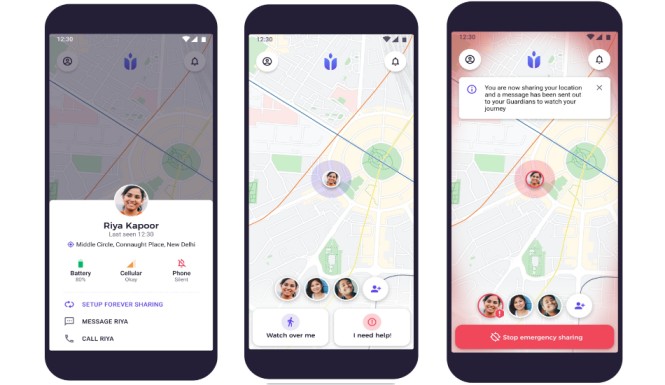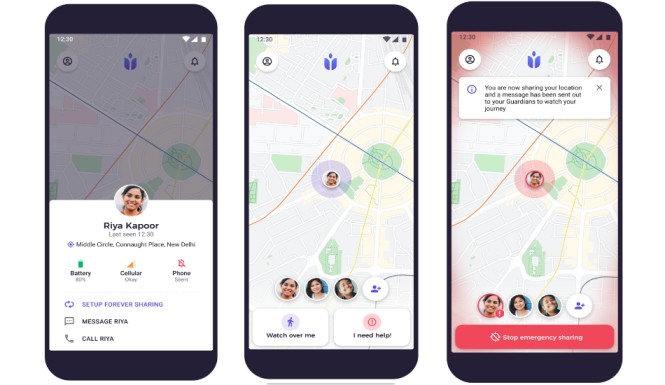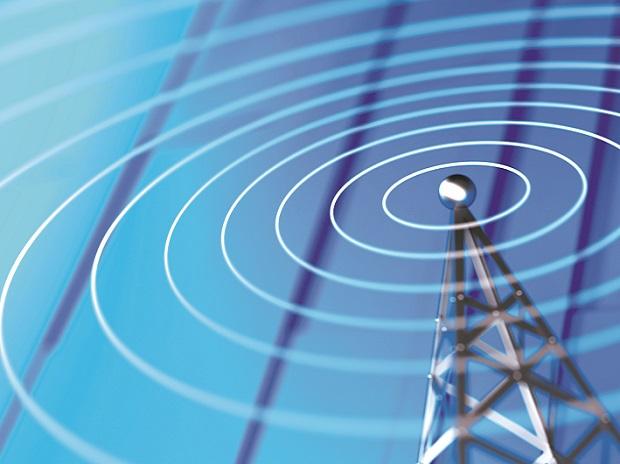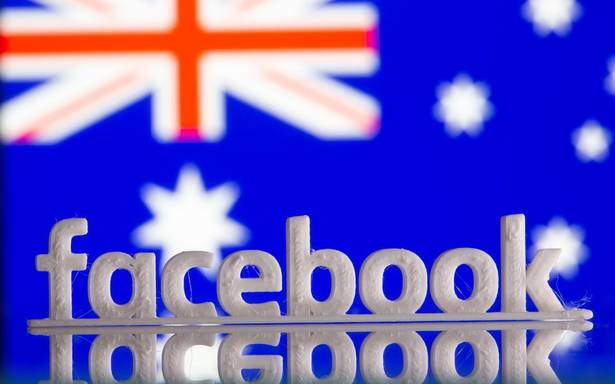The Microsoft E-Mail hack is costing several organizations including European Union Banking Regulator
Recently, the email system of Microsoft has been compromised due to a cyber-attack which is allegedly caused by a Chinese group. Several organizations have fallen victim to the hack of the Microsoft email system. One of the prime European Union financial regulators, the European Banking Authority has also suffered damage due to the chain of attacks.
Microsoft mentioned in a statement that the company thinks the attack is caused by a state-sponsored Chinese group operating out of China. This alleged Chinese group was trying to exploit some of the flaws in its Exchange email services that were previously not known. According to Microsoft, the main intention of this group is to steal sensitive data from various business and government organizations. Microsoft believes that so far then thousands of users have already been under attack.
The European Banking Authority (EBA) has confirmed this attack on Sunday and also the organization is taking its email system offline as a precautionary measure. An organization of this importance suffers a huge casualty due to such cyber attacks. The investigation has already started in close corporation with many forensic experts, its ICT provider, and “other relevant entities.”
Microsoft E-Mail Hack
The hackers have infiltrated the user’s system using Microsoft’s email system. Currently, more than 20,000 US organizations have been compromised. Before this latest attack, there was another major attack last December where the system of SolarWinds Corp was compromised. But, it was believed that the attack in December was carried out by Russian hackers and now the blame has shifted to Chinese hackers. While investigating the latest cyberattack, it has been found out that the hack has left channels for remote access spread among credit unions, town governments, and small businesses (The Indian Express).

Apart from the US organization, many European and Asian organizations have also fallen victim to these attacks. Though Microsoft has issued emergency patches, the hacks don’t seem to get affected. The situation seems to be getting out of control from the big multinational tech giant. Microsoft previously thought that the attackers are targeting only some limited users. But, the hike in the numbers of victims has made the company take the help of government agencies and other security companies to protect its customers.
In response to those who are under attack, Microsoft mentioned that “impacted customers should contact our support teams for additional help and resources” (The Indian Express). Last Friday, Microsoft witnessed that only 10% of the affected customers have installed the patches issued by Microsoft. The numbers are still rising.
Warning, accusations, and declining
Last Friday, Jen Psaki, White House Press Secretary mentioned that the vulnerabilities that were investigated in Microsoft’s Exchange Server were quite significant and that it could have a far-reaching impact. There has already been quite a high figure in the victim’s list and nobody still knows how many more to go. Blaming the hacker’s group is sponsored by China, the nation has declined and said that China is not behind this series of events.
The EBA which was also attacked mentioned that they might have accessed personal data. So, EBA advises on taking possible mitigation measures if that is what it takes. The security experts think that either China has changed the tactics of its attacks or there might be a second group that is committing this high-scale network infiltration and data theft.
Microsoft has urged all its customers to install the patch at the earliest. Since the attackers are entering from the back door, it is likely they will attack any unpatched system. Microsoft believes that the SolarWinds attacks and this latest attack are in no way connected. But, the company also first thought that the hackers are attacking specific targets which are now keeping to expand. So, the entire situation is becoming very unpredictable with every passing day.

Annasha Dey is an NIT student, who apart from studying engineering is also a content writer. She has a great interest in photography, writing, reading novels, and travelling as well. She is a foodie who loves socializing and hanging out with her friends. She is also a trained Kathak dancer and a big fashion enthusiast. Dey also loves watching TV series, which includes F.R.I.E.N.D.S. and Big Bang Theory. To be a better writer she prefers to read more





